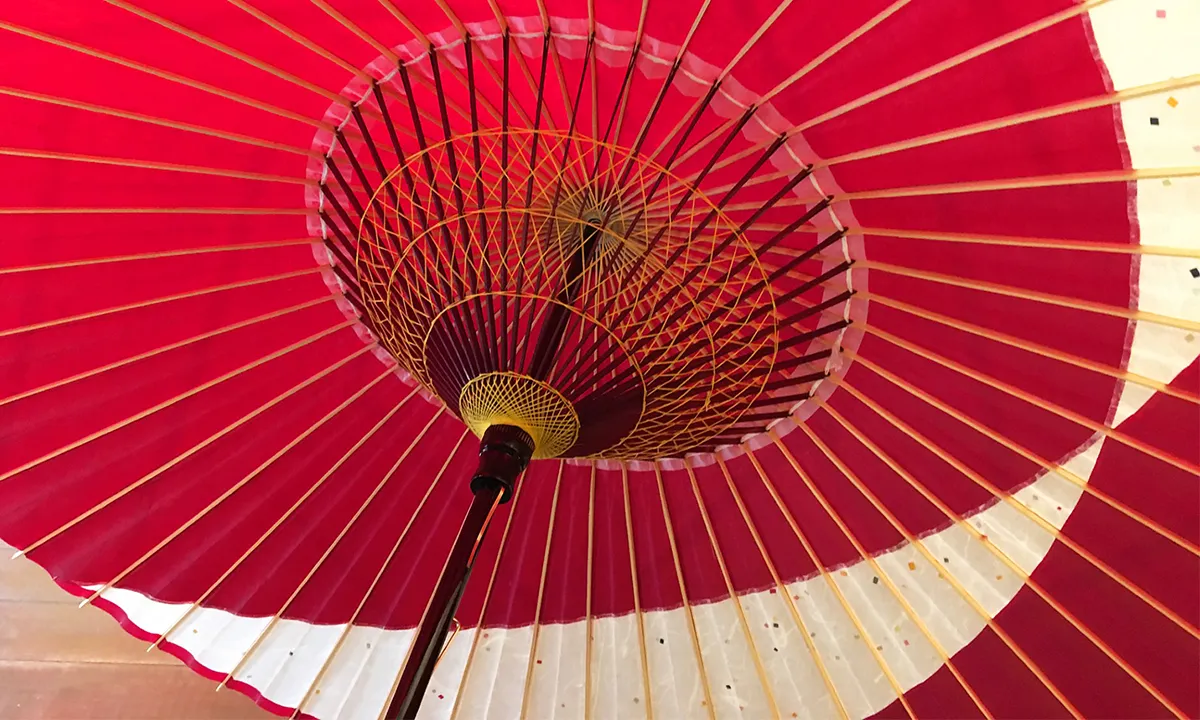|
John Asano
Exploring the History and Culture of Mino City

Mino City in Gifu Prefecture is home to a historic district that can rival any other in Japan. The beautifully preserved merchant houses in the Udatsu Wall Historic District have been fully restored as shops and cafes making this an area deep in historical and cultural value. Most of the main attractions of Mino City are located within easy walking distance of the historic district making it a fun and easy place to explore on foot. Join us as we look at the must-see spots in Mino.
Table of Contents
The Mino Area of Gifu
The Mino Area of Gifu Prefecture is in the south-central part of Gifu and is home to some of the prefecture’s most famous traditional culture and history. Mino City (美濃市) is renowned for its traditional Japanese Mino Washi paper and historic old streets.
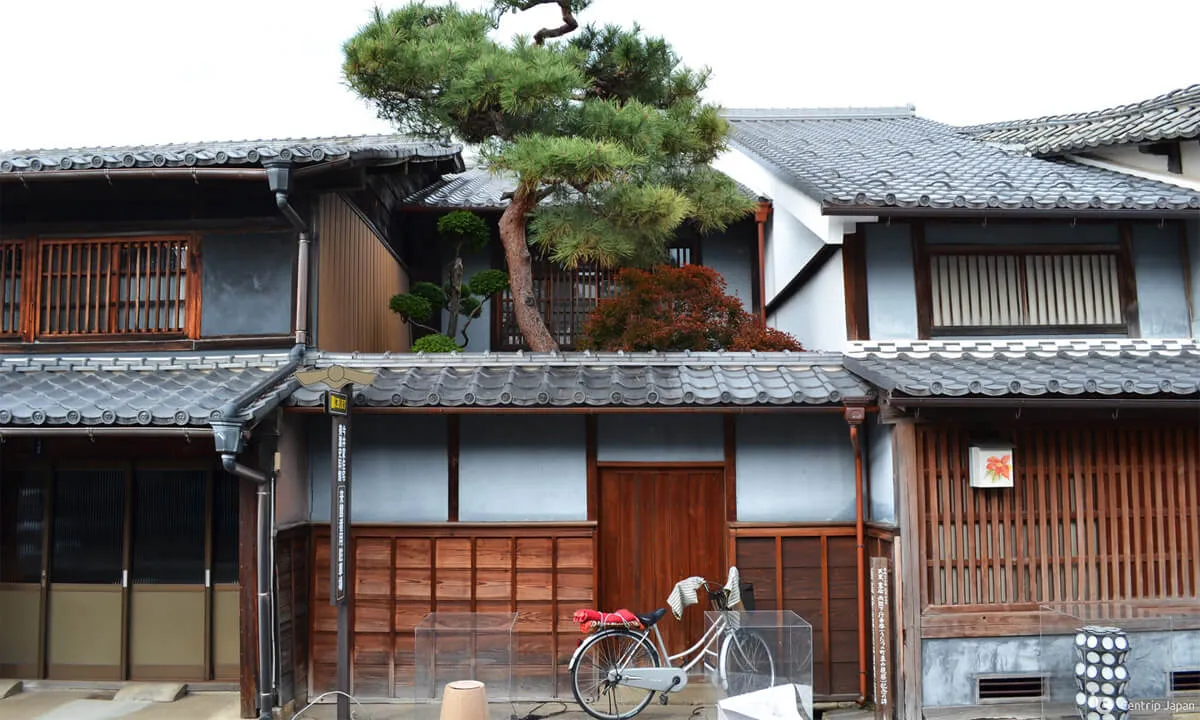 Step Back in Time at Mino
Step Back in Time at Mino
What to See and Do in Mino
With its deep history and culture, Mino offers a lot to the keen tourist. We recommend starting in the old historic district to enjoy its beautifully preserved merchant houses. You can do this in conjunction with the Mino Washi “Akari” Art Gallery and Ogura Park before visiting the Mino Washi Museum to learn all about this local treasure. Just outside of town, you have the power spot of Oyada Shrine and the Oyada Maple Valley which is not to be missed in the fall. As you can see, there is plenty to see and do in Mino.
 Merchant houses in the old historic district of Mino
Merchant houses in the old historic district of Mino
The Udatsu Wall Historic District
The old Udatsu Wall Historic District (うだつの上がる街並み) of Mino City is known for its beautiful udatsu wall traditional houses, which recreate the world of the Edo Period (1603-1868) of Japan.
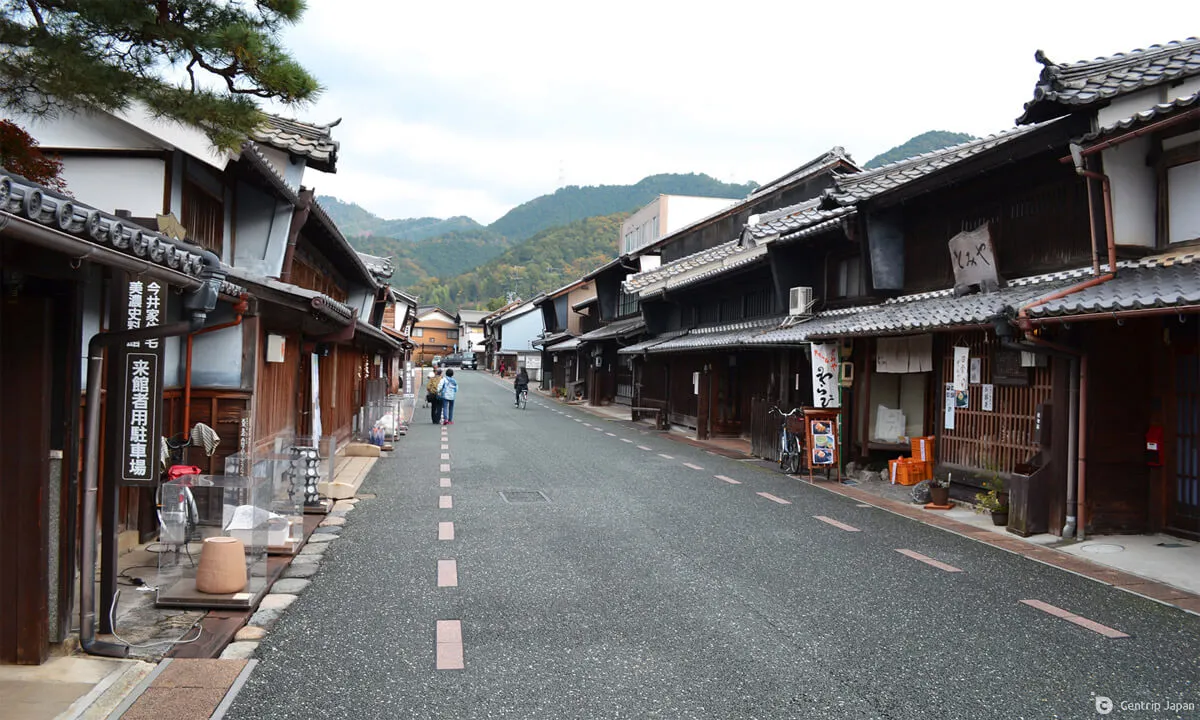 The Udatsu Wall Historic District of Mino
The Udatsu Wall Historic District of Mino
These highly decorative raised walls rise above the roofs of rich merchant houses to display their status and wealth. Mino City was once a lively merchant district during the Edo Period due to the flourishing production and sales of Mino Washi paper.
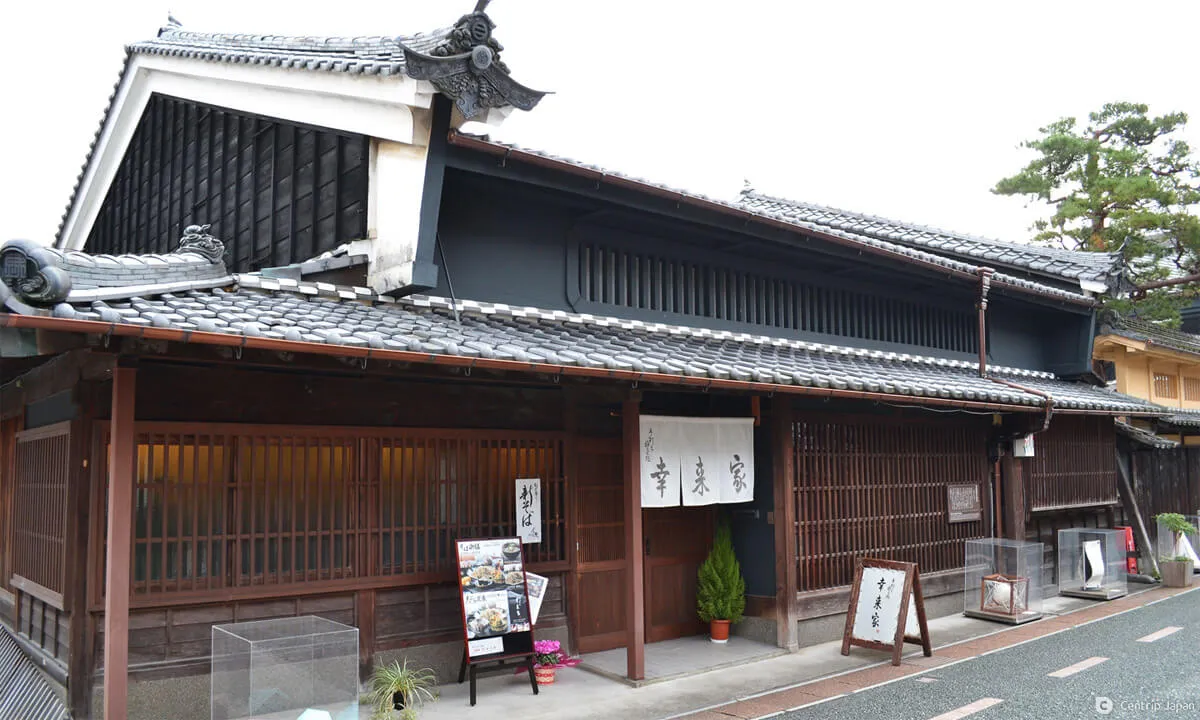 A decorative udatsu wall house
A decorative udatsu wall house
The udatsu walls also played a practical role in the town as well. Most of the buildings here are made of wood which is vulnerable to fire. The udatsu were installed between the ends of adjoining roofs to prevent the spread of fire from neighboring houses, which helped contain fires from breaking out of control.
 Traditional wooden house in the historic district
Traditional wooden house in the historic district
Back in the days of the samurai, the rich merchants of Mino were in competition with each other to see who could display the most gorgeous udatsu. The battle to try and outdo one another has left us today with some magnificent old houses to admire.
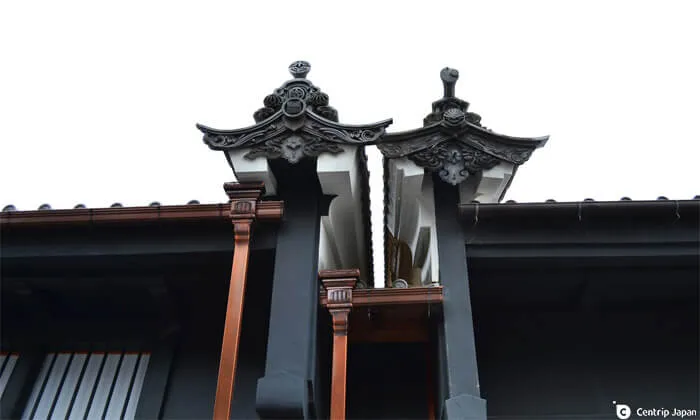
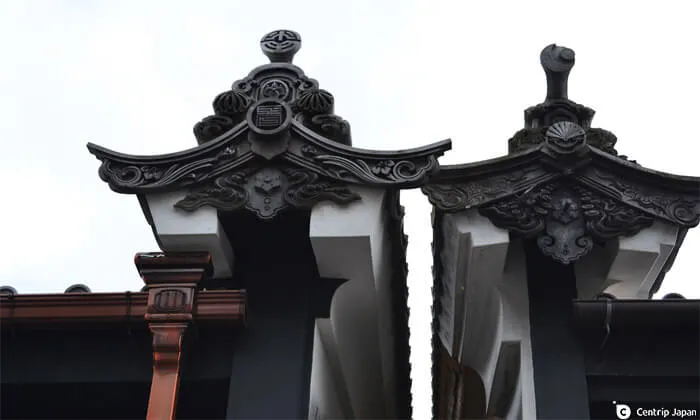
The large collection of udatsu houses is a rarity in Japan and was designated as an official Preservation District for Groups of Traditional Buildings by the Japanese government in 1999.
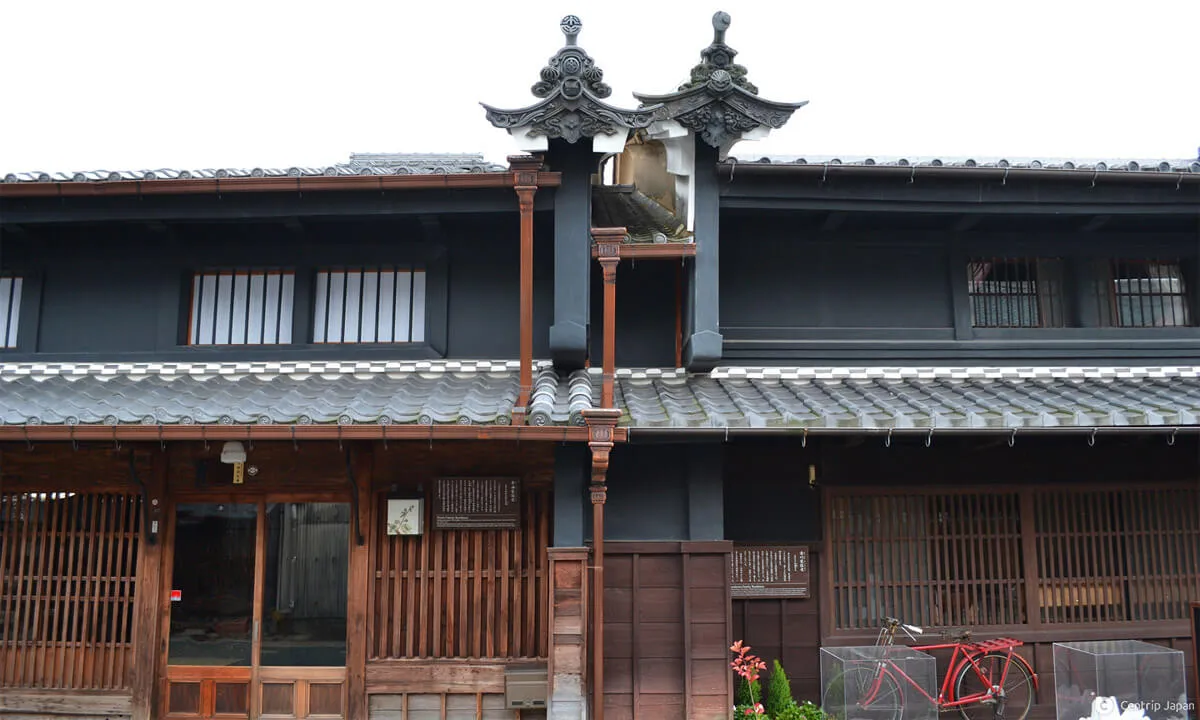 Mino is home to a large collection of udatsu houses
Mino is home to a large collection of udatsu houses
The Mino Washi Akari Art Festival
Every October, the old streets of Mino come alive during the Mino Washi Akari Art Festival. Traditional lanterns made with Mino Washi are displayed on the streets of the Udatsu Wall Historic District creating a magical atmosphere that is not to be missed. Around five hundred Mino Washi works of art, called “Akari” from artists all over the world are displayed here for all to enjoy.

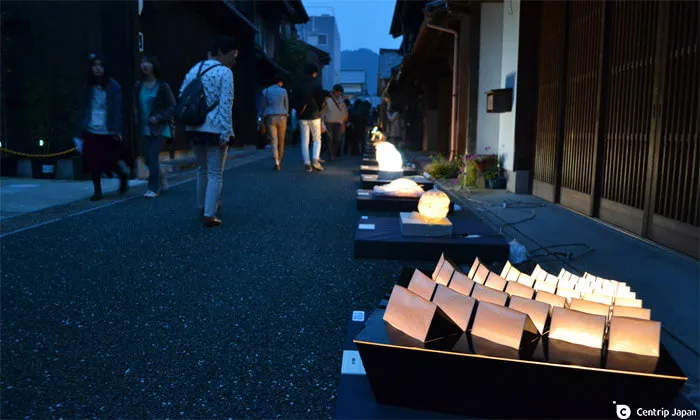
If you can’t make it to the festival, you can catch a glimpse of what it is like at the Mino Washi “Akari” Art Gallery (美濃和紙あかりアート館), which recreates the exhibition. The museum near the historic district displays a selection of “Akari” lanterns that have received prizes during the festival. The museum shop also stocks a nice variety of Mino Washi souvenirs.
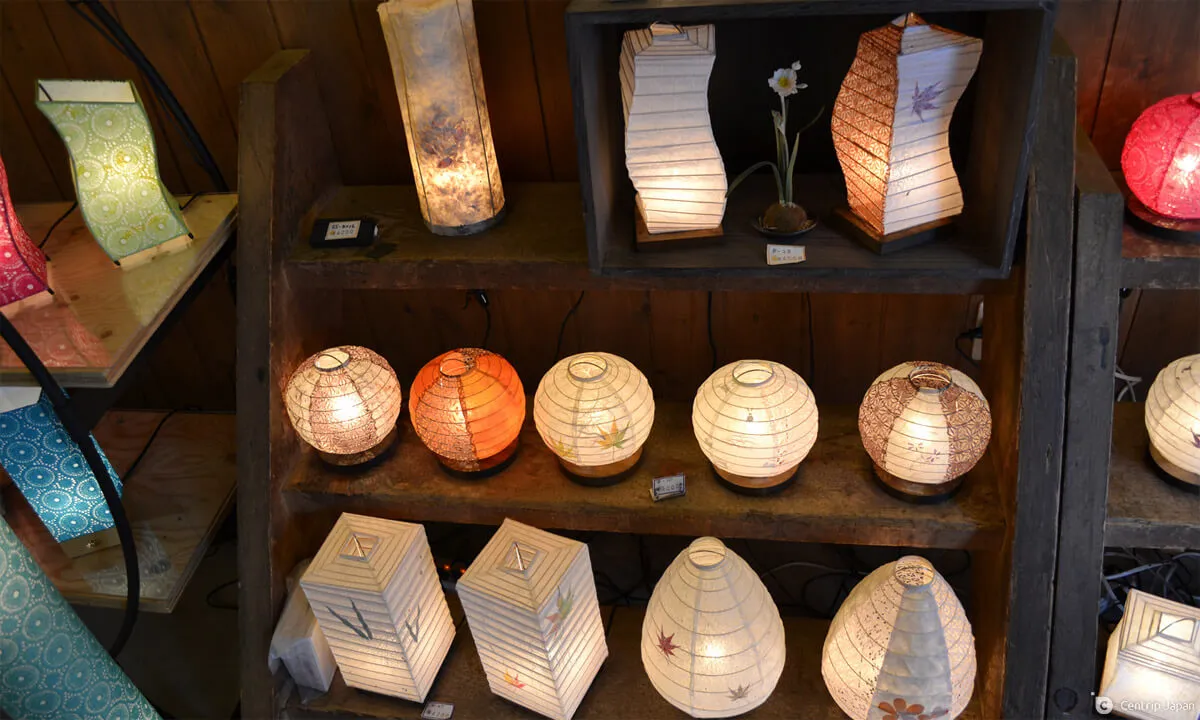 Mino Washi Paper Lanterns
Mino Washi Paper Lanterns
Ogura Park and Ogura Castle
Ogura Park (小倉公園) is a short walk 5-minute walk from the Udatsu Wall Historic District. The park is home to around 1,000 cherry blossom trees making it a popular hanami spot in spring. Ogura Castle once stood high above the park protecting the castle town below. Today, visitors can see a replica, which is more like an open-air lookout tower than a castle, and the remains of some stone walls and earthworks from the original castle.
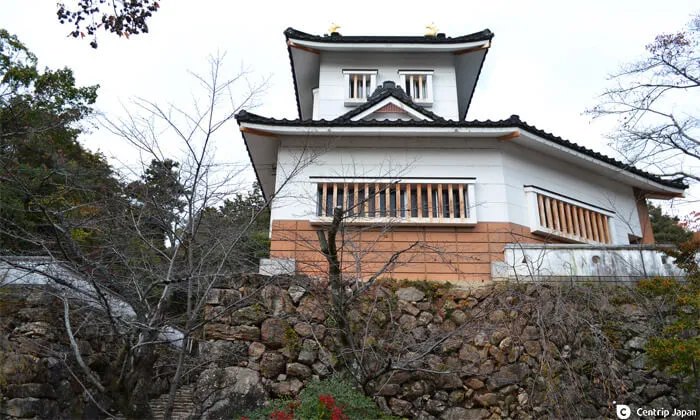

The hilltop castle was built in 1605 by Kanamori Nagachika (1524-1608), a samurai general who was awarded Mino City after the Battle of Sekigahara.
 View from the lookout tower of Ogura Castle
View from the lookout tower of Ogura Castle
Mino Washi Museum
Mino Washi is a traditional style of Japanese paper that has been made in Mino for over 1,300 years. The ancient technique uses bark from paper mulberry, a plant that grows in the forests of Mino along with pristine water from the nearby Nagara River and Itadori River to produce extremely high-quality paper that is durable and soft.
This extremely thin but strong paper is counted as one of Japan’s Three Great Washi with many people considering it the best of them all. It was endorsed by the Tokugawa Shogunate during the Edo Period and its strength is so great that the paper is said to last more than 1,000 years. In November 2014, Mino Washi was registered as an Intangible Cultural Property of UNESCO.
 Mino Washi Paper from Visit Gifu
Mino Washi Paper from Visit Gifu
Traditionally, the paper was used for the shoji sliding paper doors in the temples and shrines of Kyoto, Japan’s ancient capital. Today, a lot of traditional crafts in Gifu make use of this outstanding paper including Gifu Chochin Lanterns, Gifu Uchiwa Fans, and Gifu Wagasa Japanese Umbrellas.
The best place to learn all about the history and production of Mino Washi is the Mino Washi Museum. Here visitors can not only learn about Mino Washi but also try making it with a hands-on experience.
Oyada Shrine and the Maple Valley
The ancient Oyada Shrine is enclosed by a forest of around 3,000 maple trees in the Oyada Maple Valley. The best time to visit the shrine is during fall in mid-November when the fiery red colors of the trees are a deep crimson, making it one of the best autumn spots in Gifu. The stunning area has been designated as a Natural Monument of Japan.
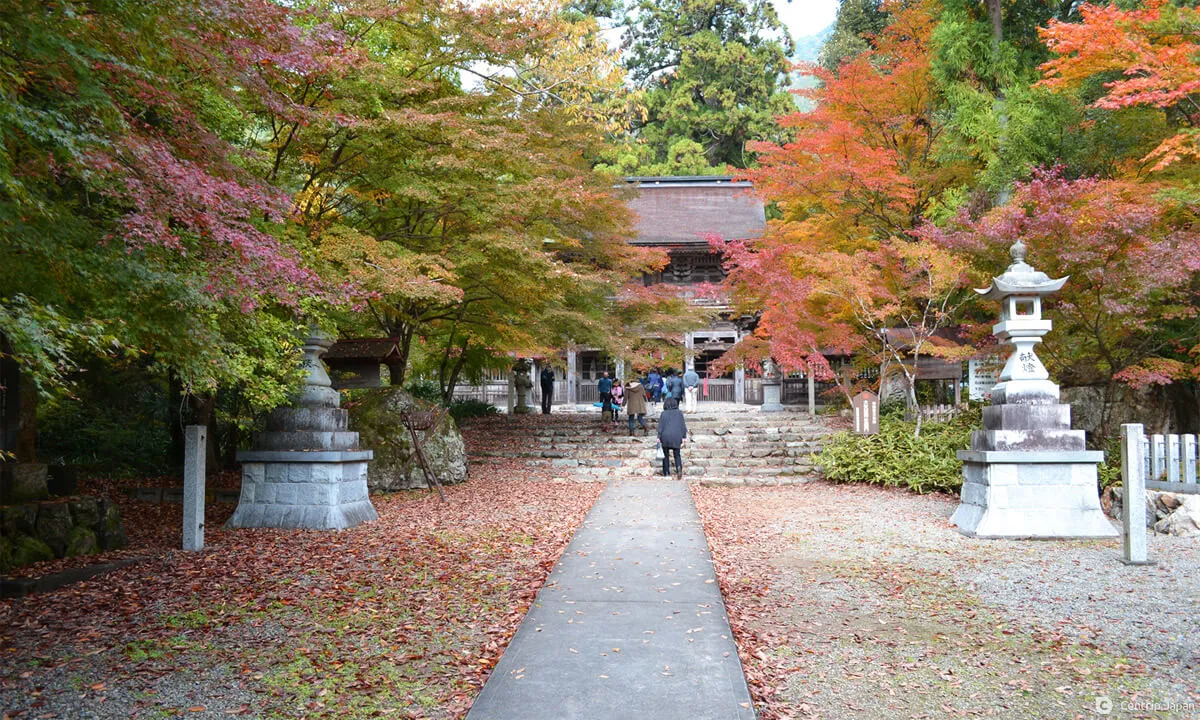 The approach to Oyada Shrine in the Oyada Maple Valley
The approach to Oyada Shrine in the Oyada Maple Valley
The shrine is tucked away in a rural part of Mino City but is definitely worth a visit in autumn for the fall foliage.
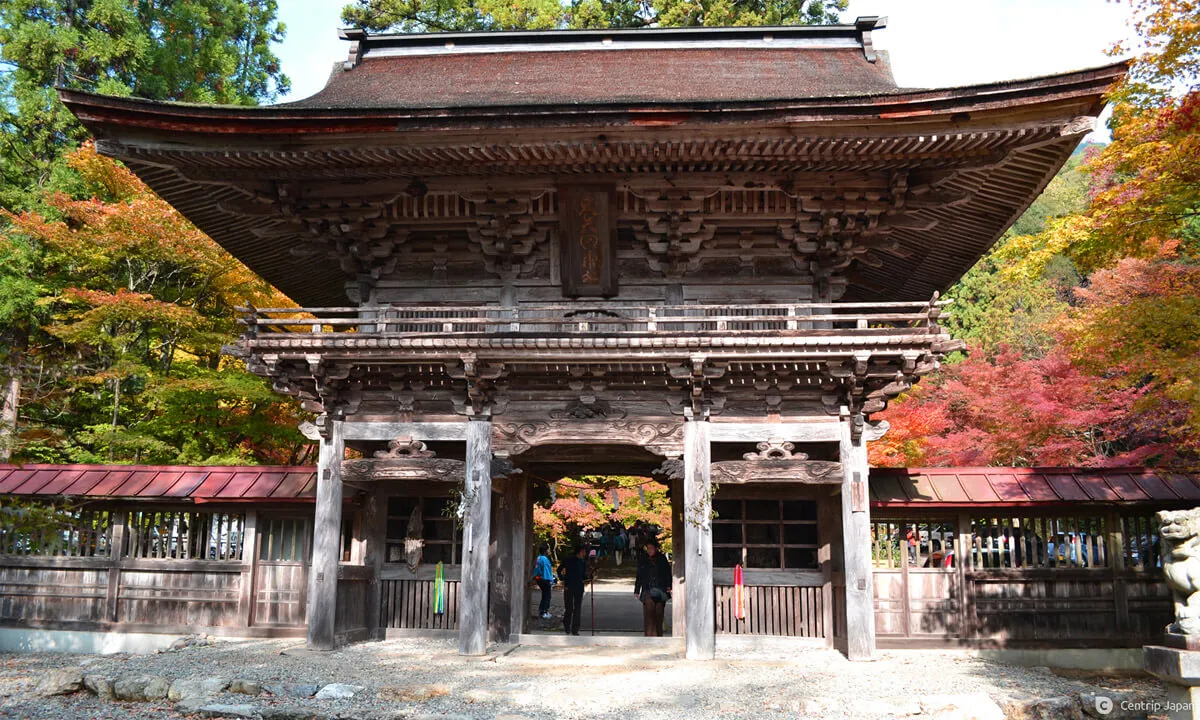 The main gate at Oyada Shrine
The main gate at Oyada Shrine
Wrap Up
Mino City is a must-see destination for anyone interested in Japanese history and culture. A visit here will transport you back in time to the Edo Period and the age of the samurai.
How to Get There?
From Nagoya Station take the JR Tokaido Line to JR Gifu Station. At JR Gifu Station, transfer to the Takayama Main Line to Mino Ota Station. At Mino Ota Station change to the Nagaragawa Railway line to Mino-shi Station. From Gifu Station, the trip takes about 37 minutes. The historic district is only a short 10-minute walk from Mino-shi Station.
Alternatively, from either JR Gifu Station or Meitetsu Gifu Station take a Gifu Bus on the Gifu Mino line and get off at Udatsu no Machinami-dori Bus Stop right in the heart of the historic district.
Click here to get the latest information on Central Japan.Centrip Japan - Nagoya and Chubu Information


